In the realm of geography, monitoring the nation's geographical situation is crucial for various reasons ranging from environmental conservation to national security. This process involves the utilization of advanced technologies and methodologies to gather, analyze, and interpret data related to the country's land, water, and natural resources. This article delves into the concept of geographical situation monitoring and its significance in today's world.
What is Geographical Situation Monitoring?
Geographical situation monitoring is the practice of regularly observing and assessing the state of a nation's land, water bodies, natural resources, and other geographical features. It involves the collection of data through various methods such as remote sensing, aerial photography, satellite imagery, field surveys, and other geographical techniques. The data obtained is then analyzed to understand the current situation, detect changes, and predict future trends.
Why is Geographical Situation Monitoring Important?
1、Environmental Conservation: Geographical situation monitoring helps in identifying changes in land use patterns, soil erosion, deforestation, and other environmental issues. This information is vital for conservation efforts as it helps in formulating policies and strategies to protect the environment.
2、Resource Management: Monitoring helps in managing natural resources like water, forests, and minerals efficiently. It provides information about the availability of these resources and helps in their sustainable use.
3、Disaster Management: By monitoring geographical changes, early warnings can be issued for natural disasters like floods, landslides, and earthquakes. This helps in mitigating the impact of such disasters and saves lives.
4、National Security: Geographical situation monitoring is also important for national security. It helps in border management, detection of illegal activities, and understanding the strategic significance of certain geographical regions.
5、Development Planning: The data obtained through monitoring helps in understanding the needs of different regions and planning development strategies accordingly. It ensures that development efforts are focused on areas that require attention and resources.
How is Geographical Situation Monitoring Done?
1、Remote Sensing: Remote sensing involves the use of satellites and aerial platforms to collect data about the Earth's surface. This data is then analyzed to understand the state of land, water bodies, and natural resources.
2、GIS Technology: Geographic Information System (GIS) technology is used to analyze and visualize the data collected through remote sensing and other methods. GIS helps in managing, analyzing, and presenting spatial data efficiently.
3、Field Surveys: Field surveys are conducted to collect data on the ground level. This involves interacting with local communities, conducting surveys, and collecting samples for further analysis.
4、Data Integration: The data collected through different methods is integrated to provide a comprehensive picture of the geographical situation. This integrated data is then analyzed to understand trends and detect changes.
Challenges in Geographical Situation Monitoring
1、Data Quality: Ensuring the quality of data collected is crucial for accurate analysis. However, factors like weather conditions, equipment quality, and human error can affect data quality.
2、Technological Advances: As technology advances, there is a need to update monitoring systems and techniques accordingly. This involves investing in new technologies and training personnel to handle them.
3、Interdepartmental Coordination: Geographical situation monitoring involves multiple departments and agencies. Effective coordination between these departments is essential for successful monitoring.
4、Funding: Lack of funding can hinder monitoring efforts, especially in remote and difficult-to-access areas. There is a need for continuous funding support to ensure seamless monitoring.
Conclusion:
Geographical situation monitoring is crucial for various aspects like environmental conservation, resource management, disaster management, national security, and development planning. It involves the collection of data through advanced technologies and its analysis to understand trends and detect changes. However, challenges like data quality, technological advances, interdepartmental coordination, and funding need to be addressed to ensure effective monitoring.

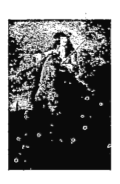

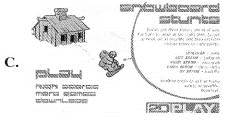
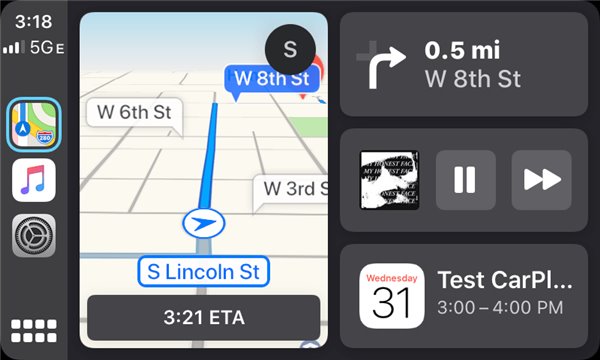

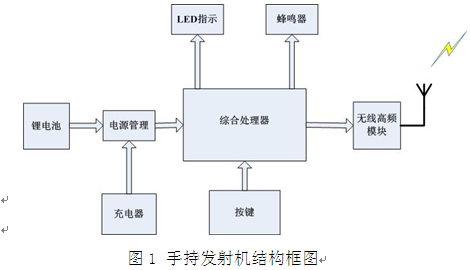
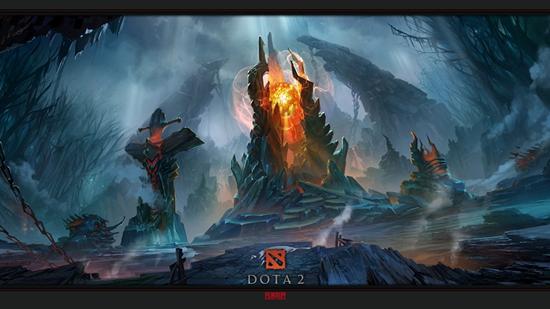


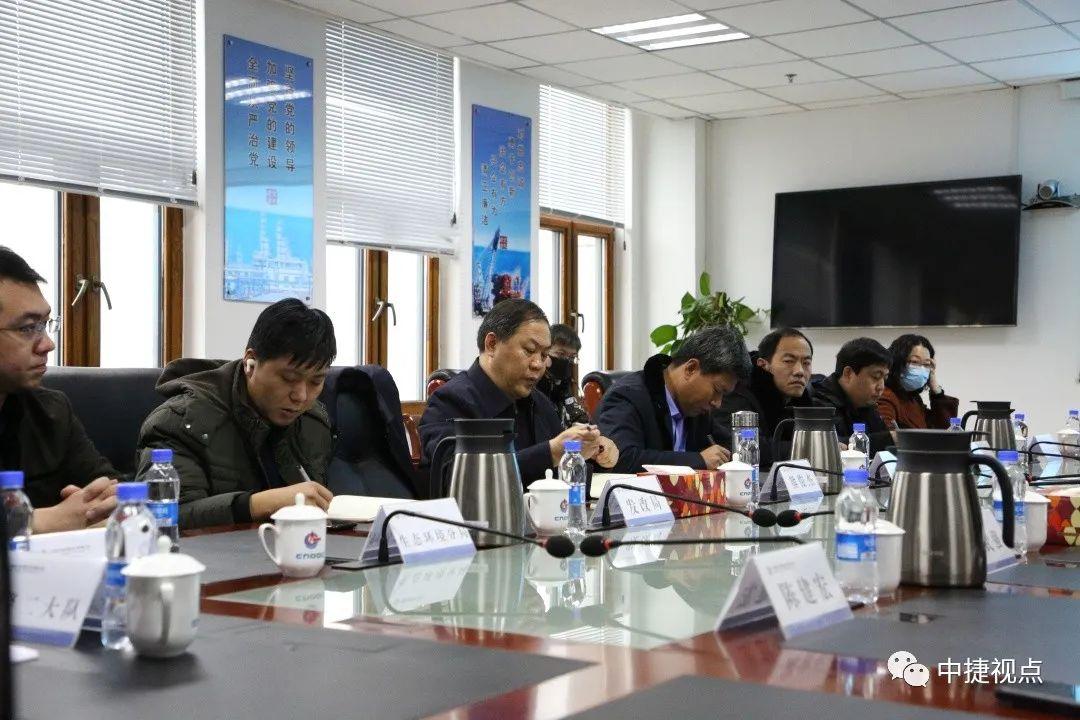
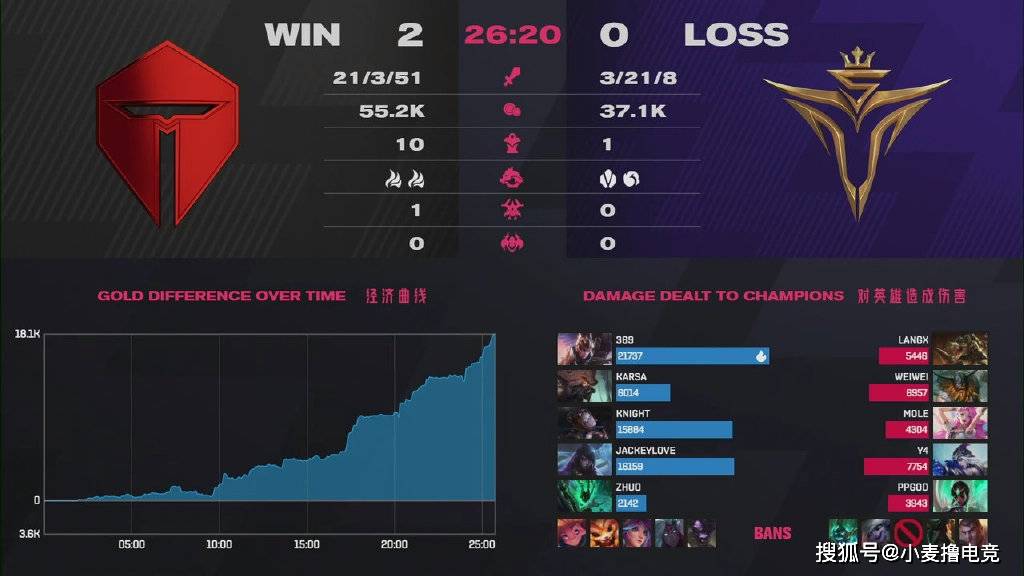
 京公网安备11000000000001号
京公网安备11000000000001号 京ICP备11000001号
京ICP备11000001号
还没有评论,来说两句吧...